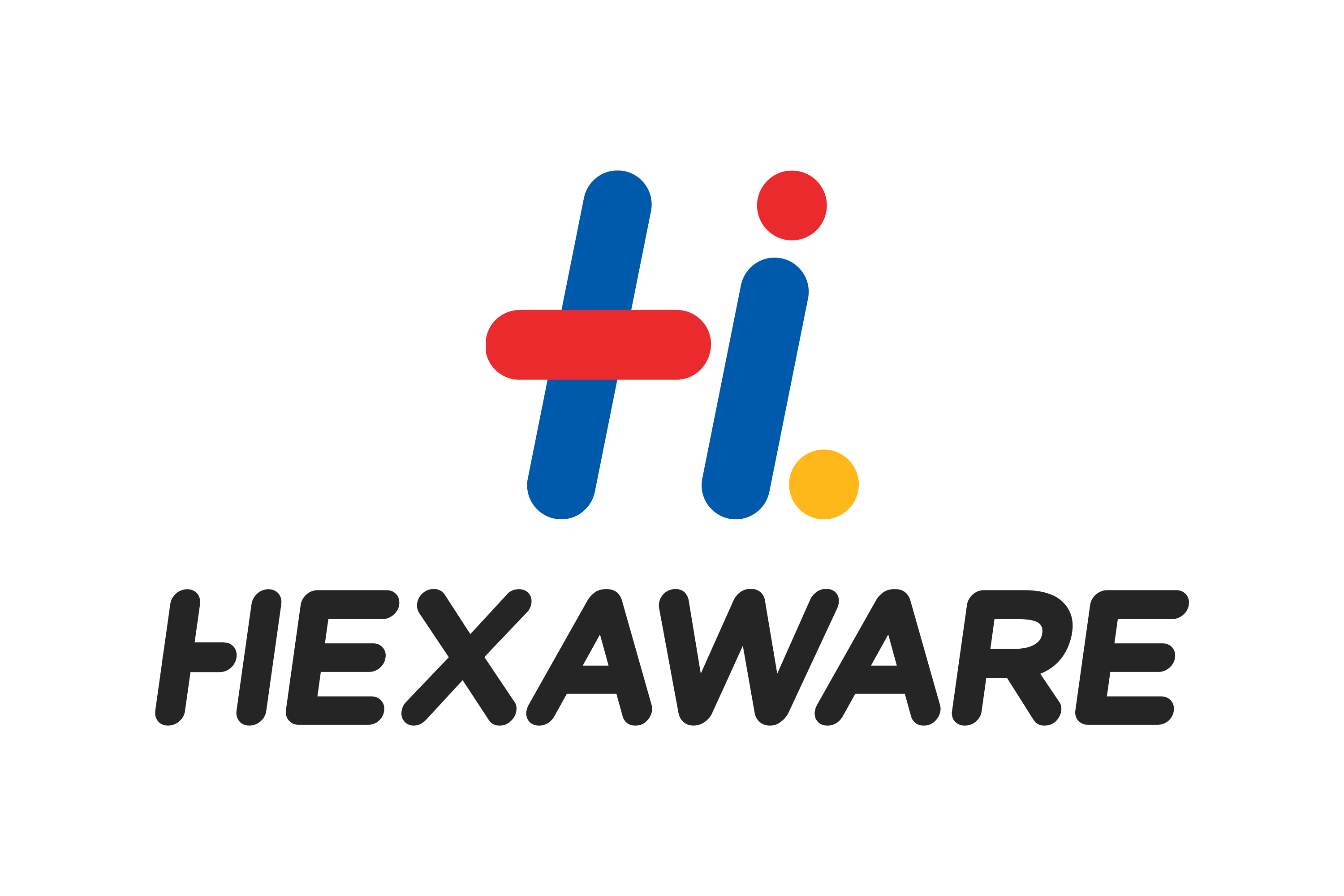Our Happy Clients






Niche Technical Skills

Machine Learning
85 Hours

Deep Learning
75 Hours

Industry 4.0 & IoT
480 Hours

Embedded Systems
70 Hours

Block Chain
85 Hours

Data Science
60 Hours

Data Analytics
75 Hours

Cloud Migration
25 Hours

AWS Cloud
25 Hours
Other Technical Programs
Power Skills

Leadership Skills
40 Hours

Team Building
80 Hours

Time Management
40 Hours

Goal setting
40 Hours

Conflict Management
35 Hours

Business Communication
35 Hours
👋 Say helloZdravoBonjourPrivétHowdy
We are here to answer any question you may have.










